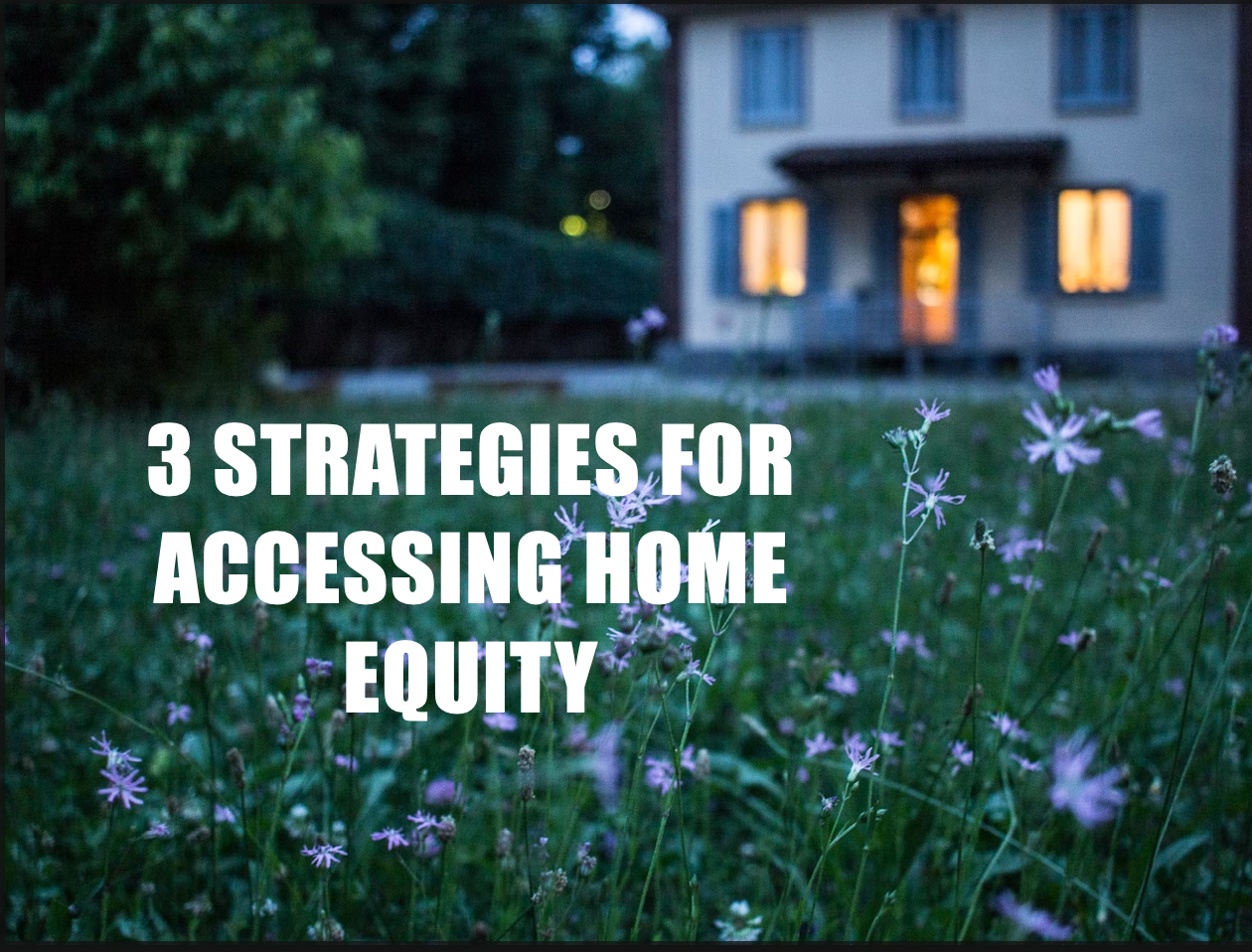Exploring Three Strategies for House-Rich, Cash-Poor Retirees to Access the Equity in Their Homes
The steady increase in property values across Canada over the years has offered retirees who own their homes a financial buffer for their retirement. With many individuals having a majority of their assets invested in their homes, retirees with limited savings may consider tapping into their property value through a home-equity line of credit, reverse mortgage, or by selling their home and downsizing or renting. In this article, we will examine the advantages and disadvantages of each of these options in detail.
Sell and Downsize, or Rent
Retiring individuals are increasingly choosing to sell their primary homes and downsize to a smaller house or condominium. The tax-free profit gained from the sale can then be invested to support their retirement goals and desires. Although it may be a challenge to let go of the emotional connection to their former home, it is an option worth considering. On the other hand, some retirees opt to sell their home and rent, which can be a more cost-effective solution. However, this decision also involves leaving behind a long-time residence and may lead to a feeling of being less rooted. Additionally, the uncertainty of losing the rental property to new owners or redevelopment can be stressful for seniors. If choosing to sell and rent, it is important to carefully navigate and manage these potential challenges.
Home Equity Line of Credit (HELOC)
A HELOC is a popular choice for retirees looking to tap into the value of their home to cover expenses. It offers flexibility and a relatively low interest rate. Financial experts suggest getting a maximum HELOC while still working and having a source of income, even if it’s not needed immediately.
A HELOC is a better option for funding retirement needs as it has a lower interest rate compared to a reverse mortgage and you only borrow what is needed. However, having immediate access to funds could be a challenge for those who lack self-discipline and may lead to overspending.
Reverse Mortgages
A reverse mortgage allows homeowners aged 55 or older to borrow against their primary residence without making payments against the loan until it comes due – usually when the owner moves, sells the home, or dies.
Reverse mortgages draw criticism because they typically carry higher interest rates than conventional mortgages or lines of credit, and there are penalties for early repayment, as well as requirements to keep the house in good shape. Still, it’s a good option for some retirees, including those who don’t qualify for a HELOC and it’s a great way to allow you to stay in your home to participate in long-term price appreciation.
A further advantage of the reverse mortgage is the ability to access the equity in a home without regular payments and you have no obligation to repay it, as long as you live in the house,” she says, but also cautions homeowners about the higher interest rate.


